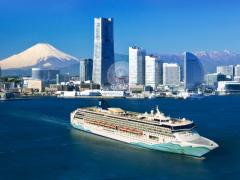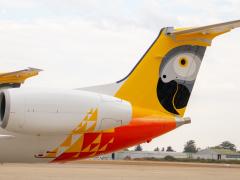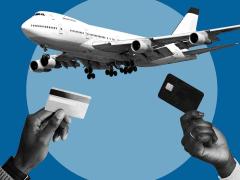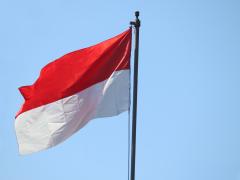Africa’s tourism market growth is not keeping pace with the rest of the world. While it is driving growth on the continent, its global share of the market is declining.
This is according to Geoffrey Manyara, Economic Affairs Officer for the United Nations Economic Commission for Africa, speaking during the first day of the Tourism Investment Forum Africa (TIFA) conference currently under way in Cape Town.
According to Manyara, Africa’s tourism sector is larger than manufacturing and banking combined, accounting for 7% of GDP in 2019, contributing $186 billion (R3,5 trillion) to GDP and creating 25 million jobs (7,4% of total employment).
Data spanning 1995-2019 shows that the sector outpaced the average growth rate on the continent, further highlighting its importance.
But, Manyara said, there were concerns. Africa’s share of global tourism is small and declining, in terms of both receipts and GDP share.
“It’s even more concerning when you look at the average tourist spend,” he said. While the global average currently stands at around $1000 (R18 790), it has stagnated at $600 (R11 275) in Africa.
“We are not catching up with the rest of the world,” he said.
Key to addressing this is air connectivity. Manyara said about 60% of tourists accessed their destination through an airport, but despite having the second-largest population in the world, Africa accounted for only 2% of global aviation.
A look at orders for new aircraft illustrates this even further. In 2016, only 700 of over 20 000 new orders for aircraft were for Africa. By 2036, of the 43 000 anticipated new orders, only 1 600 would be for Africa, said Manyara.
‘We need connectivity’
Mayoral Committee Member for Economic Growth in the City of Cape Town, James Vos, also raised the issue of open skies as a barrier to growth during the conference.
“We need connectivity. If we can get this right, we can change the tourism and trade landscape forever with endless benefits.” He said open skies would increase competition and co-operation between airlines, leading to route expansions, improved connectivity and lower airfares.
Manyara said the implementation of policies such as a Single African Air Transport Market (SAATM) and the African Continental Free Trade Area (AfCFTA) were important in ensuring the growth of the sector.
An increase in tourism numbers will also positively impact trade, as research by the Economic Commission for Africa showed that tourism boosted trade, but not the other way around.
“If we get people travelling on the continent, the result is that trade will follow,” said Manyara.
‘Doing AfCTA the wrong way around’
Karen Bosman, Head of Advocacy and Advisory for Wesgro said this meant “we are doing the AfCFTA the wrong way around. We should have as much focus on tourism as there is on trade.”
Deputy Minister for Environment and Tourism in Namibia, Heather Sibungo, said Manyara’s data showed that tourism leaders across the continent had failed the tourism industry.
Policies like SAATM and AfCFTA had been created, but she said they were not being implemented. She added that it was “about time tourism must be on the map of the AU” and said the body should be engaged about the importance of the sector.
Manyara, however, said there were some positive signs in the market, such as a growing middle class who would take up travel opportunities.
A study by the African Development Bank in 2015 showed that 350 million Africans could be classified as middle class. Manyara said this was expected to grow to 500 million by 2030.
“So there will be a strong market by 2030 who have the potential to travel,” he said.
There has also been growth in tourism in countries on the continent that have not traditionally been tourist markets. São Tomé and Principe, Togo, Lesotho and Côte d’Ivoire have been among the fastest growing tourism markets on the continent between 2009 and 2019, all reporting double-digit growth over the period.













